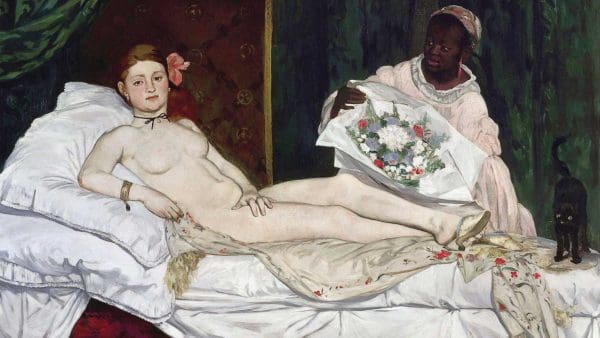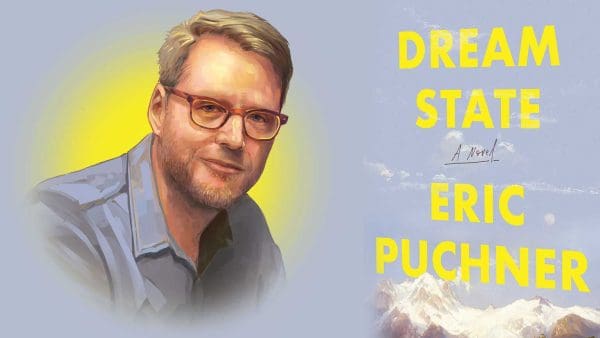Craig Hankin ’76, director of Homewood Art Workshops, talks about why the arts play a critical role at a major research university.
Defining and defending the role of the arts in a research university is nothing new to me. I’ve been doing it at Johns Hopkins for decades, first as an undergraduate in the mid-’70s and since the early ’80s as an instructor, when my allies included “Reds” Wolman, Dick Macksey, John Barth, and Michael Fried. And every time I’ve been called upon to do it, I hope it will be the last. We shall see.
The beneficial impact of making art, whether visual, musical, or theatrical—as opposed to the academic study of the arts, per the humanities—has, like the reality of global climate change, been verified by hard data. For instance, the National Endowment for the Arts’ “How Art Works,” a five-year research project featuring a brilliant “system map” and measurement model, shows definitively that engagement with the arts contributes to quality of life in a virtuous cycle from the individual to the societal level, and back. In 2011, the ArtsEngine Task Force at the University of Michigan determined that integrating artists and art making into research universities helped them maintain institutional competitiveness, provided students with invaluable cognitive diversity and creative support, and offered potentially groundbreaking interdisciplinary collaborations.
Closer to home, my colleagues in the Homewood Art Workshops have found that the creative processes and problem-solving strategies we teach benefit our students in their other course work, as well. The arts teach people to look at reality from different angles. They teach creativity, which is applicable and valuable in every avenue of human endeavor. They teach skills, including perceptual skills, which actually improve the process of thinking and reasoning. In fact, the ability to be flexible in the interpretation of data is a key component of success in research, and making art helps students develop exactly this sort of cognitive flexibility. Why wouldn’t a research university—or a potential employer—want individuals who are also trained to think outside the box, who have been taught to look beyond the expected outcome and consider additional and unexpected possibilities?
Consider the case of Drummond Fielding, who was a student in my Studio Drawing I class in the fall of 2010. A physics major then in his junior year, Drummond had never before taken an art course. His drawings that semester were nothing short of revelatory. Responding in particular to exercises from our textbook, Betty Edwards’ landmark Drawing on the Right Side of the Brain, Drummond produced work of extraordinary accomplishment in a variety of media and genres. He earned one of the few A+ grades I’ve ever given.
The following semester, Drummond stopped by my office for a brief visit. After catching up a bit, he told me that he had also scored an A+ in Quantum Mechanics and Honors Real Analysis. Those two courses, he said, were quite different—and more challenging—than anything he had taken prior to that point. Drawing I, he explained, forced him to explore new thought patterns and helped open channels in his mind that proved highly useful in learning those complex subjects.
In his senior year, Drummond attended a physics and astronomy departmental meeting, where undergraduates were given the opportunity to voice their concerns and recommendations to the faculty. He suggested that Drawing I be put on the list of recommended courses for incoming freshmen. “Thinking about physics requires visual thinking,” he told me later, “and visual arts train you in how to use those modes of thought. Physics, done right, is a visual art—albeit mostly visualized in physicists’ heads.”
Upon graduation last spring, Drummond was awarded the Donald E. Kerr Memorial Medal as the outstanding undergraduate major in physics and astronomy. He is currently in the Astrophysics MS-PhD program at UC Berkeley, where his tuition is paid by a Berkeley Fellowship and a National Science Foundation Graduate Research Fellowship. He is conducting research with professors Chris McKee and Richard Klein on the disks that form around protostars as they collapse. “It is a very interesting problem that has ramifications for planet and star formation, and even galaxy structure. Plus we get to make some really cool movies and images,” he writes.
What more do you need to know?

Craig Hankin works with a student in his portrait drawing class.




